
Since Medium’s move to a members-only model, it’s become more of an SEO platform. And, as a result, I’ve been receiving more offers to write sponsored posts.
So, I wanted to create a guide outlining exactly:
How to find sponsorships
How much to charge
Plus, all the nitty-gritty details I was never taught. And, would have appreciated when I first started.
Let’s get into it…
The basics.
If you’re brand new to the idea of writing sponsorships, they are essentially a subset of freelancing.
As a digital writer, your job is to post content and grow an audience. 💰
By continually providing value to your readers, you can begin to monetize your online presence through:
As you gain trust with your audience, their engagement becomes more valuable. And, you can begin to rent out real estate on your writing. 🏡📍
Sponsorships fall into 3 main categories: 📢
Mid-roll ads — generic copy promoting a product or brand
User-generated content (UGC) — essentially, a paid review
Fully sponsored post or campaign — collaborative posts
Discoverability relies heavily on algorithms. This means there is more opportunity than ever for writers to earn additional income through sponsorships.
Especially, for small writers…
How many followers do you need?
When I first started writing online, I felt as though 10K was the benchmark of success. And, I didn’t even consider charging for real estate on my writing until I reached this milestone.
But, things have changed. 👉🔮
Today, followers on their own mean next to nothing. What brands are much more interested in are conversion rates.
At the end of the day, brands pay for readers who will make purchases based on your recommendations. Most brands use A.I. technology to scout potential influencers based on a variety of metrics:
Views
Growth
Engagement
All of which translate into… well, money. Either directly or indirectly. So, as an online creator, trust is your most valuable commodity.
Which, is calculated by engagement.
So, if you’re looking to strike up brand deals to earn more from your writing, stop worrying about followers. Instead, look to build trust with your readers. And, with it, create an engaged audience.
If you can showcase this engagement to brands, you can begin striking up sponsorship deals, even if you have a small following.
According to Shopify’s influencer research, the going rate for small creators is as follows:
Nano-influencers (500–10,000 followers): $10 to $100 per post
Micro-influencers (10,000–50,000 followers): $100 to $500 per post
Mid-tier influencers (50,000–100,000 followers): $500 to $5,000 per post
Macro-influencers (100,000–500,000 followers): $5,000 to $10,000 per post
Mega-influencers (500,000+ followers): $10,000+ per post
Now, this chart refers to Instagram. But, truthfully, as a writer, your following (and engagement) is much more valuable. This is because it takes a higher level of attention to read rather than scroll.
As such, written content is much more profitable.
How to get sponsorship deals.
Although followers don’t mean anything on their own, they are important for one thing.
Visibility. 👀
The same software brands use to analyze views, growth, and engagement, also search for influencers based on their following. I know this from experience through chatting with various talent managers.
And, on my own journey, have seen a drastic increase in brand deals once I surpassed the 10K mark — on both Medium and YouTube.
So, the best way you can attract sponsors is by making yourself easy to find. 🙋🔎
1. Pick the right platform:
Personally, I believe every writer should be focusing on 2 platforms:
One to write
One to promote
Platforms like Medium and Substack are great places to showcase your writing. But, they might not reach sponsors (especially if your content is hidden behind a paywall). So, promoting your content on platforms with high discoverability (such as LinkedIn, Twitter, or YouTube) is a great way to gain visibility.
Here’s a full breakdown of the best (and worst) writing platforms. 👇
2. Add contact info in your bio:
Regardless of the platform, it’s a great rule of thumb to add your contact information in your bio. Below, is an example from Medium writer and blogger, Jenn Leach. If you don’t have a fancy website like Jenn, you can simply add your email with a quick call to action such as, “For business inquiries, contact: youremail@gmail.com 📩”.
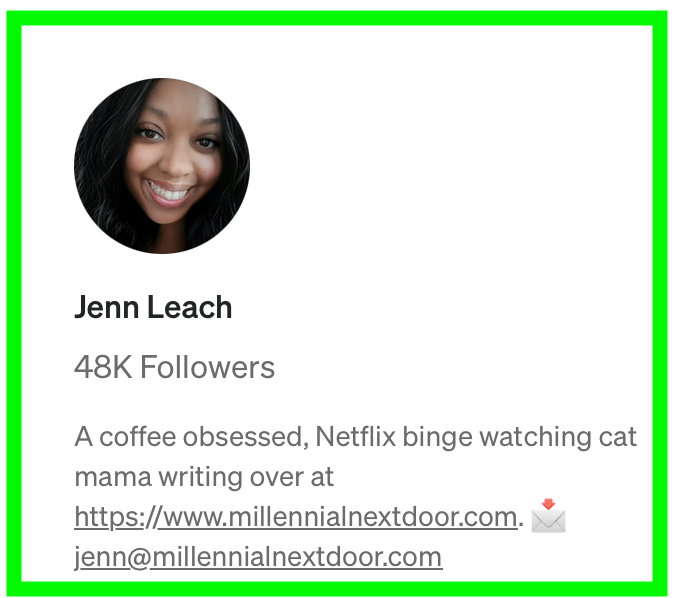
To take it one step further, you can add a portfolio or pricing sheet on your website or link-in-bio. Personally, I don’t have a website. Instead, I use Linktree to house my social links and Canva for any custom pages.
👉 Here’s a free portfolio template.
3. A sneaky sponsorship hack:
If you’re not getting any attention from sponsors, you can also leverage freelance websites such as Fiverr, Upwork, or Freelancer to promote yourself.
Here are some examples of how creators are leveraging UGC content on Fiverr. 👇
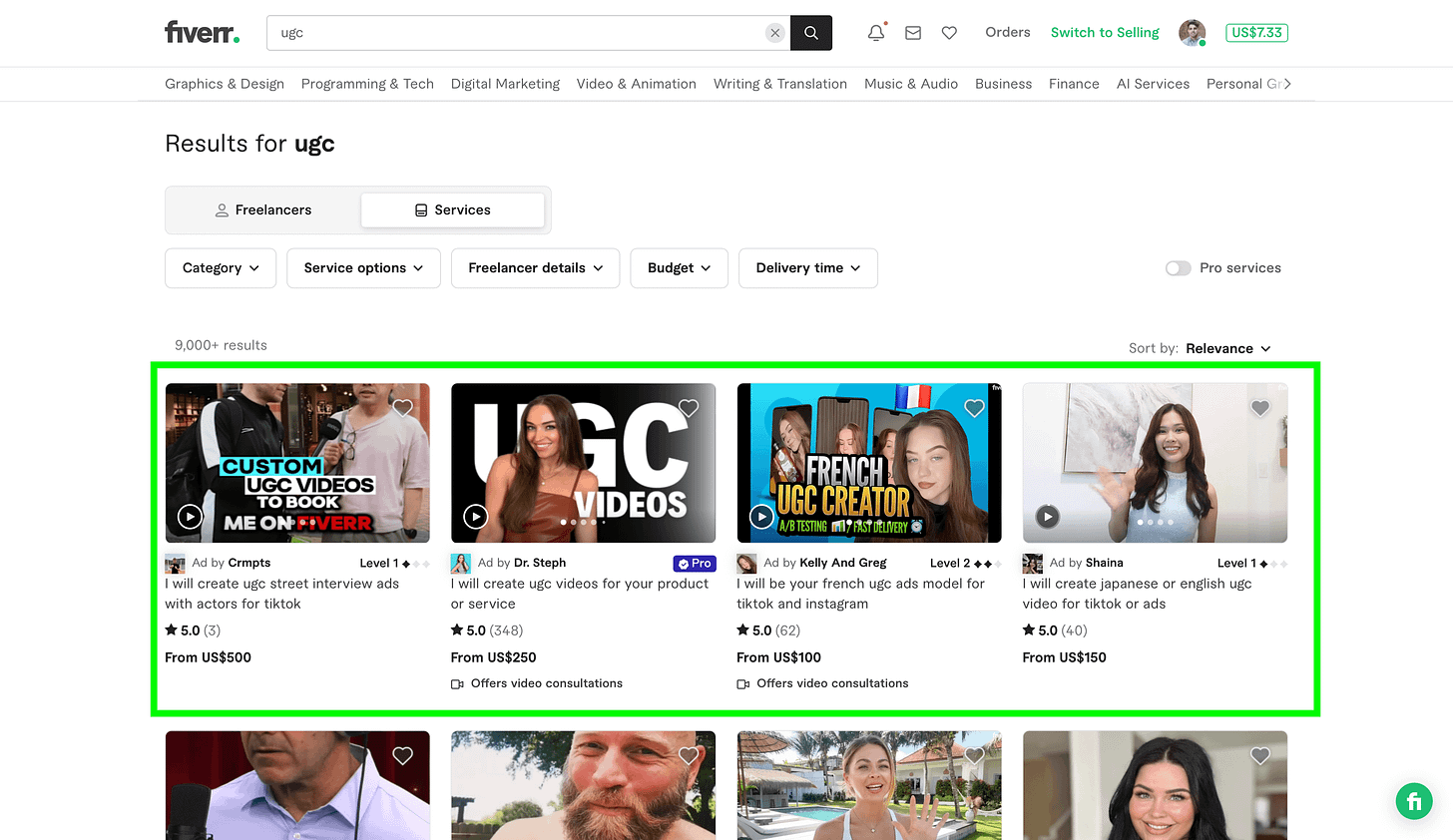
Or, if you prefer a more organic approach, you can apply for affiliate programs of brands you want to work with. After some time, you can reach out to them to see if they’d be interested in sponsoring one of your posts.
This is exactly how I struck my first brand deal. And, helped me build a portfolio of sponsored work.
Here’s a list of affiliate programs for writers. 👇
Once brands begin reaching out, it’s time to close your first deal…
How to communicate with sponsors.
Let me validate something:
The idea of working with your first sponsor can be exciting. And, as you’ve likely experienced, excitement can quickly turn into anxiety. So, for starters, it’s important to reinforce your boundaries.
You may want to take any deal you’re offered. But, it’s always better to be safe than sorry. 😌💪
Today, I receive sponsorship offers every day. Yes, every single day.
So, it’s become a part of my morning routine to go through my email and vet potential sponsors. Although I could write an entire post on this vetting process, I will keep things short.
1. How to vet potential sponsors:
The sad reality of the internet is that it’s ripe with… well, scams. So, it’s important to be diligent when vetting potential sponsors.
For one, I never click on links sent to me via email. Instead, I will note the name of the product or service and Google it. If the website looks professional, I will look at the product and see if it’s a good fit for my audience.
It’s important to remember that you’ve worked hard to build trust with your audience. 🤝
So, anything you promote becomes a personal endorsement. And, you don’t want to sell your readers… well, crap.
Although it’s not an exact science, keep this in mind when choosing who to respond to. If the sponsor looks legit, go ahead and respond.
But, keep things short.
2. Starting negotiations:
Sponsorships induce anxiety because there are so many factors to consider:
“Is this a scam?”
“Will I be able to deliver?”
“Will they actually pay me?”
“How much is my writing worth”
All of these questions will likely cross your mind at one point or another. So, I find it helpful to take things one step at a time.
When sponsors reach out, they will generally tell you what they’re looking for. But, will wait for you to offer a price. So, have a list of price options in mind and sent them over.
👉 For reference, here’s my pricing list.
But, you can just as well send over your pricing via email. Then, wait for a response.
3. Payment & expectations:
If the sponsor responds, great. You’re in business. How much you’re willing to bend on your prices (if at all) is up to you.
Personally, I set very reasonable prices and don’t budge on them. And, I’ve never had a deal fall through because of pricing. 💰✅
Once you’ve settled on the price, the sponsor will likely send over a detailed list of what they’re looking for. If anything jumps out, make sure to clarify before accepting payment.
99% of the deals I’ve conducted have gone well. But, unfortunately, some details have be missed, which has created headaches down the road. So, just like in writing, clear is always best.
And, finally, as a general rule of thumb, I always make sure to take half of the payment before posting. And, half after. This helps create a level playing field where you and the sponsor have vested interests in the deal going through.
Keep in mind, these are just my preferences. You will develop your own best practices over time. 💡
Final thoughts: your words are more valuable than you think.
I tend to stick to the nuts and bolts of writing on this newsletter because… well, that’s what I find most valuable.
But, I’m no stranger to imposter syndrome. 🫠✍️
And, I understand psychology plays a large role in taking action. So, if you’re feeling as though your mindset is stopping you from seeking out sponsorships, let me know.
I’m happy to write a post on tangible practices I’ve used to gain confidence as a writer.
Until then, I hope you found this post valuable. And, I hope it helps you land your first (or next) sponsorship deal.
Happy writing! 🙌
You are cordially invited to join Writer’s Hub! 💌
Hey, I’m Hudson! I created Writer’s Hub to help you make money as a writer. 🙋♂️✍️
To have posts like this sent directly to you, become a free or paid subscriber. As a paid subscriber, you’ll gain access to Writer’s Hub’s entire library. 💌👇
Subscribed
Writing resources:
🙋♂️ Everything else I’ve got going on






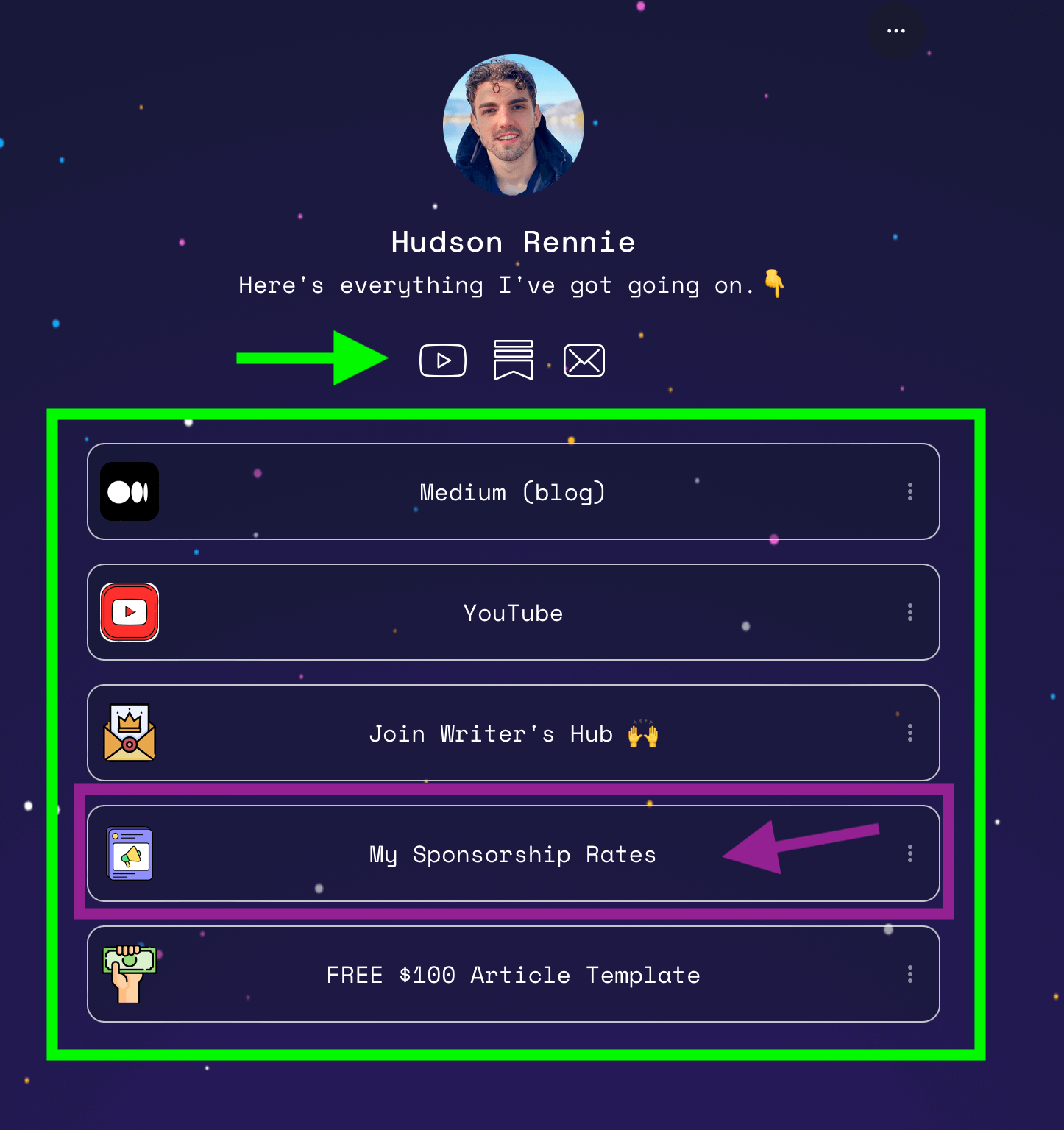


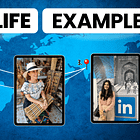
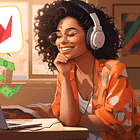
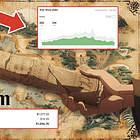
A helpful breakdown, especially for writers looking to monetize their work in this digital world.
I believe that understanding your niche and how your voice resonates with your audience makes you more attractive to the right sponsors.
Thanks for sharing your experience.
What platform is attracting more sponsorships for you?